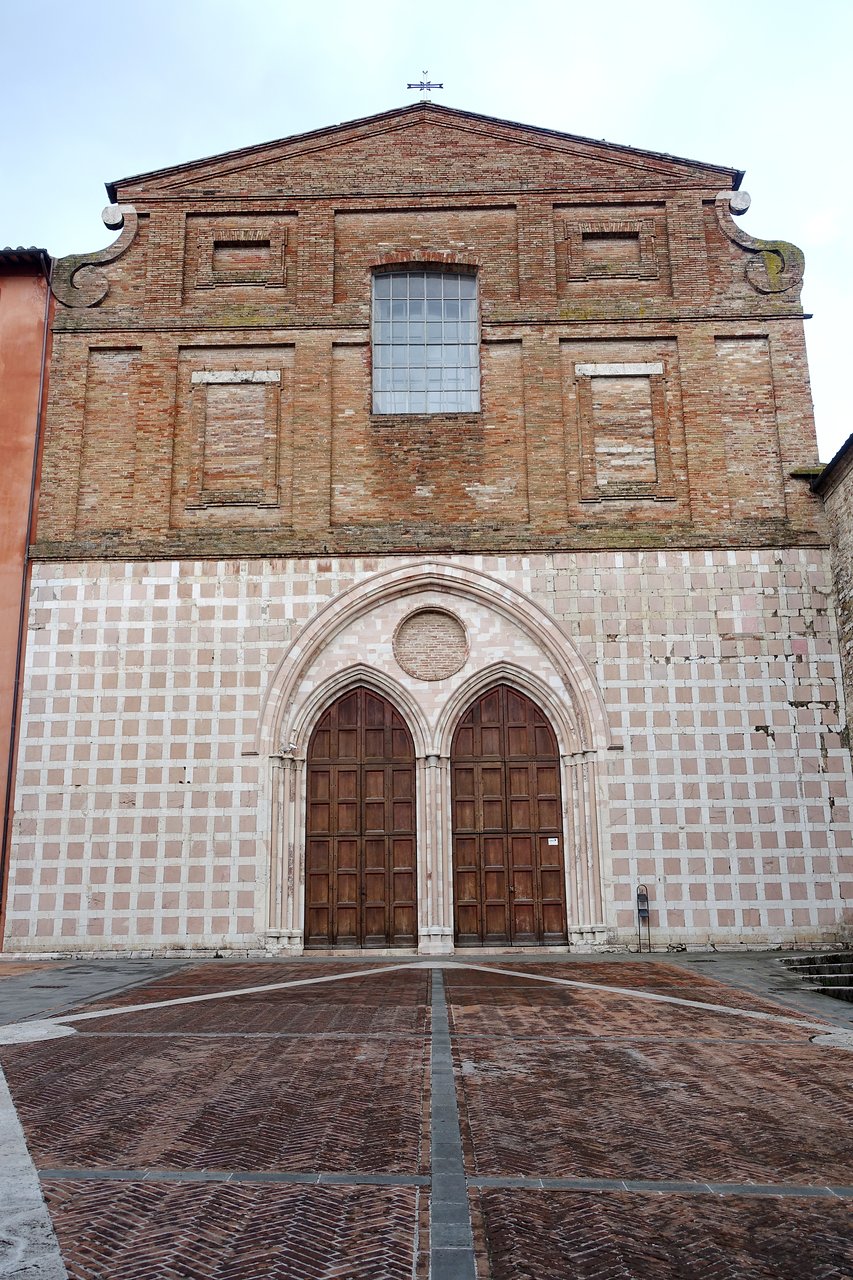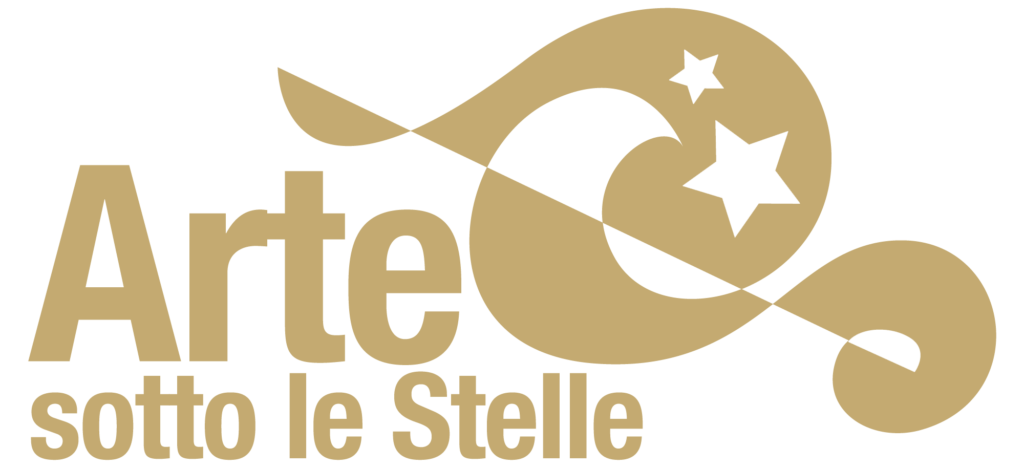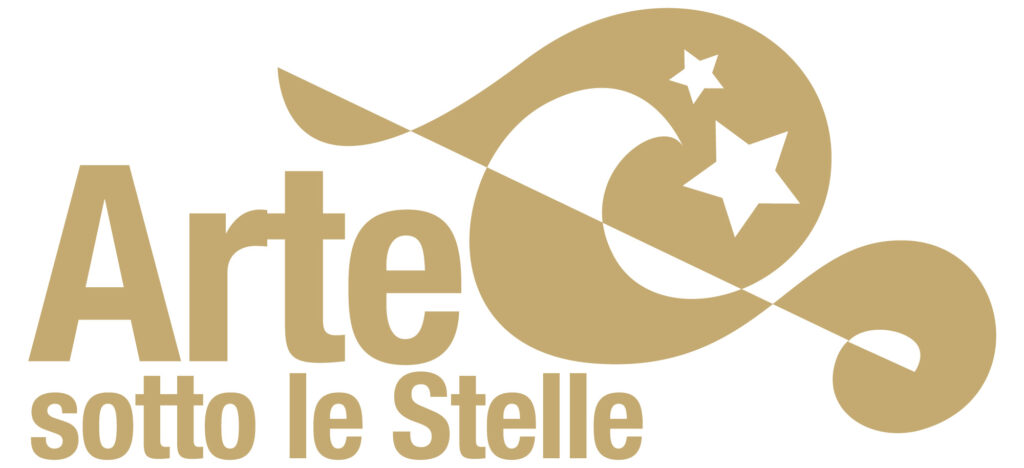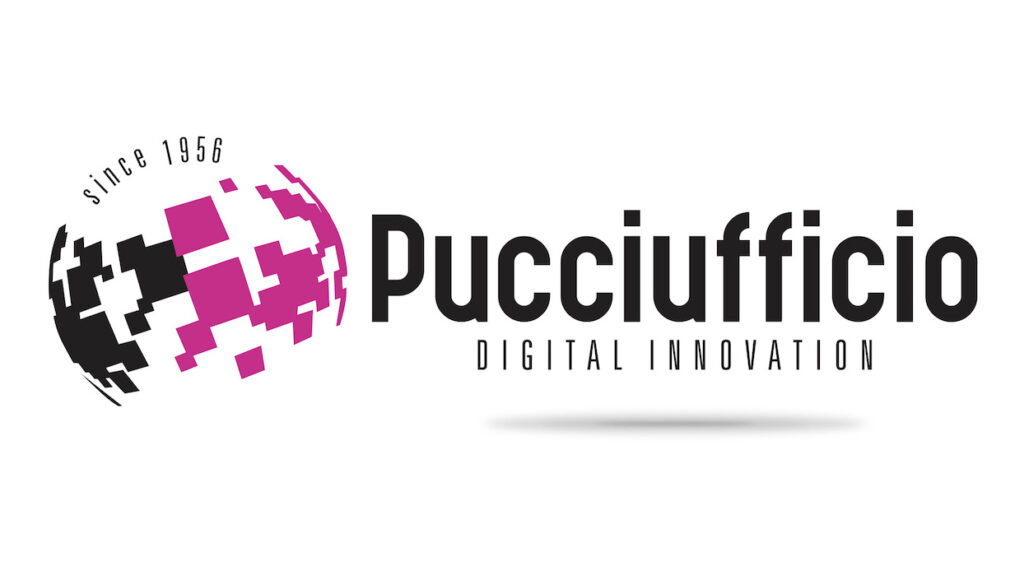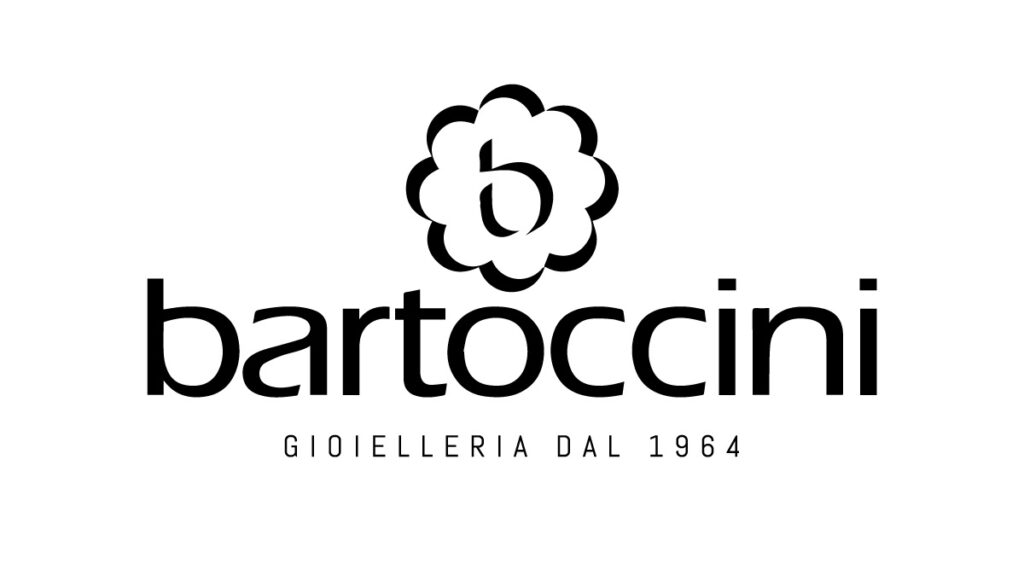Chiesa di Sant’Agostino – Perugia
La struttura, dall’architettura originariamente molto semplice, a causa della crescente importanza dell’ordine agostiniano e di questa chiesa nel contesto locale viene ampliata già tra la fine del XIII e l’inizio del XIV secolo. Nel 1473 inizia l’abbellimento della facciata: nella metà inferiore, ad incorniciare il portale gemino di accesso, è presente un rivestimento in pietre quadrate rosse intervallate da marcature bianche, mentre nella metà superiore di stampo cinquecentesco, opera dell’architetto perugino Bino Sozi, il laterizio viene lasciato a vista: lo spazio è diviso in due registri intervallati da paraste, sormontati da un timpano triangolare.
Anche l’interno subisce arricchimenti almeno fino al XVI secolo, ed oggi si presenta con l’aspetto assunto durante il restauro avvenuto nel XVIII secolo. Conserva ancora in sede diverse opere di pregio, realizzate nei secoli dagli importanti che vi lavorano, quali ad esempio Pellino di Vannuccio, Giannicola di Paolo, Arrigo Fiammingo; a Perugino viene assegnato il capolavoro da collocare sopra all’altare maggiore: il pittore realizza infatti il Polittico omonimo, grandiosa opera pittorica a due lati, oggi smembrata, i cui scomparti sono conservati in diversi musei del mondo.
Alla destra della Chiesa si trova un Oratorio, sede dell’antica confraternita, strutturato su due piani sovrapposti: l’inferiore, il più antico, presenta ancora affreschi trecenteschi, mentre il superiore, realizzato a metà del Cinquecento, venne rinnovato tra Seicento e Settecento.
Il convento agostiniano adiacente la chiesa subisce le vicende legate alle attività di soppressione post-unitaria dei luoghi monastici e viene adibito tuttora a Caserma.
